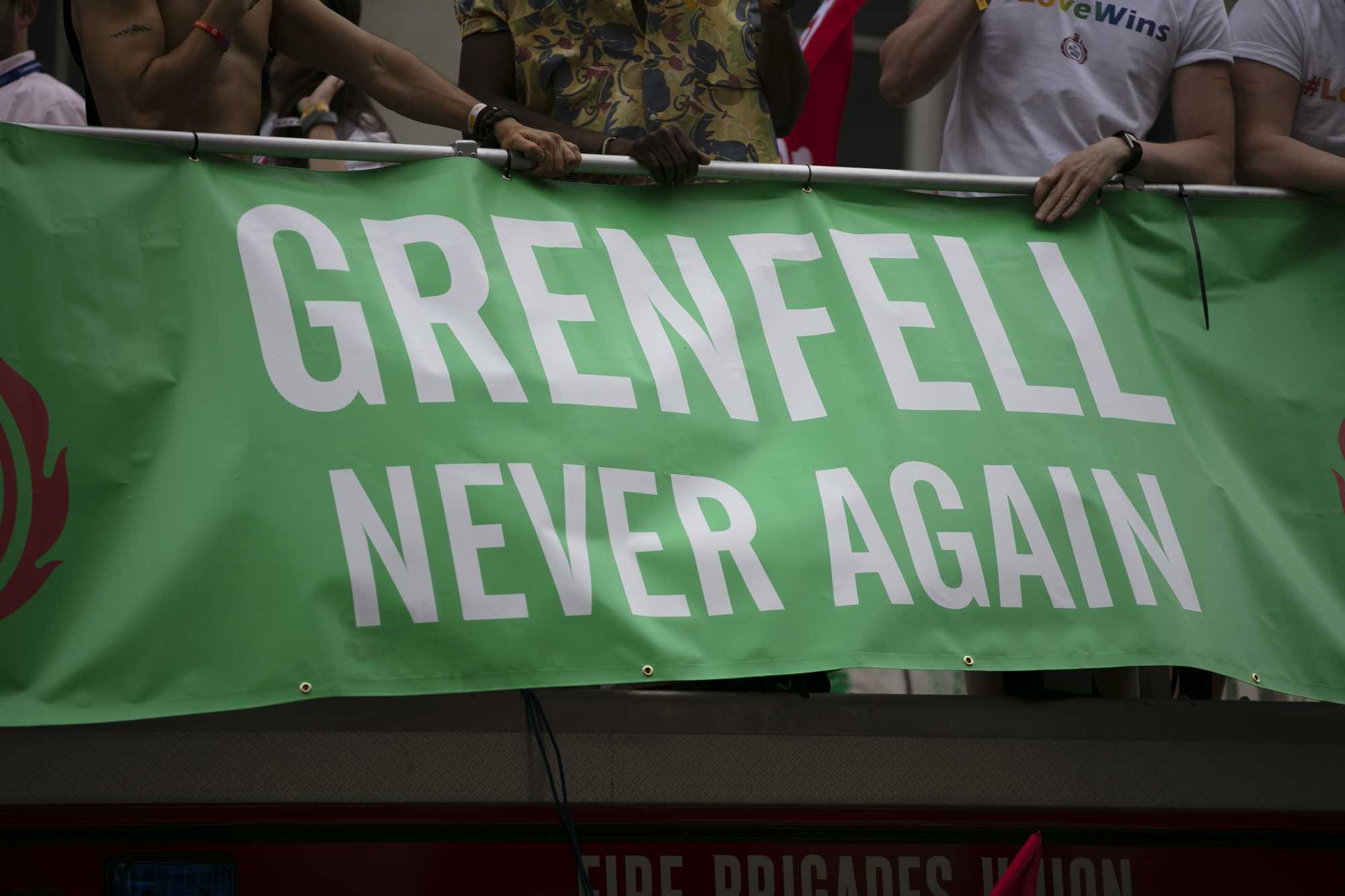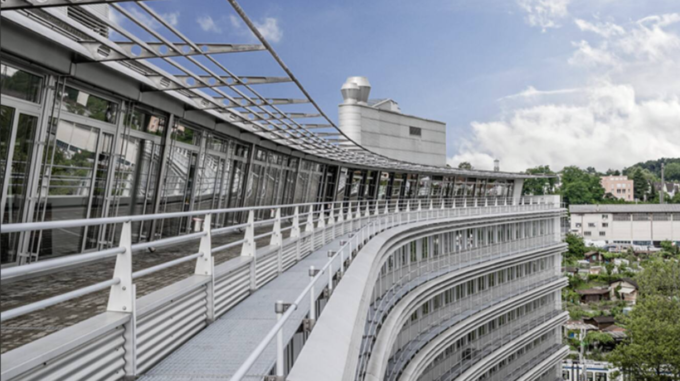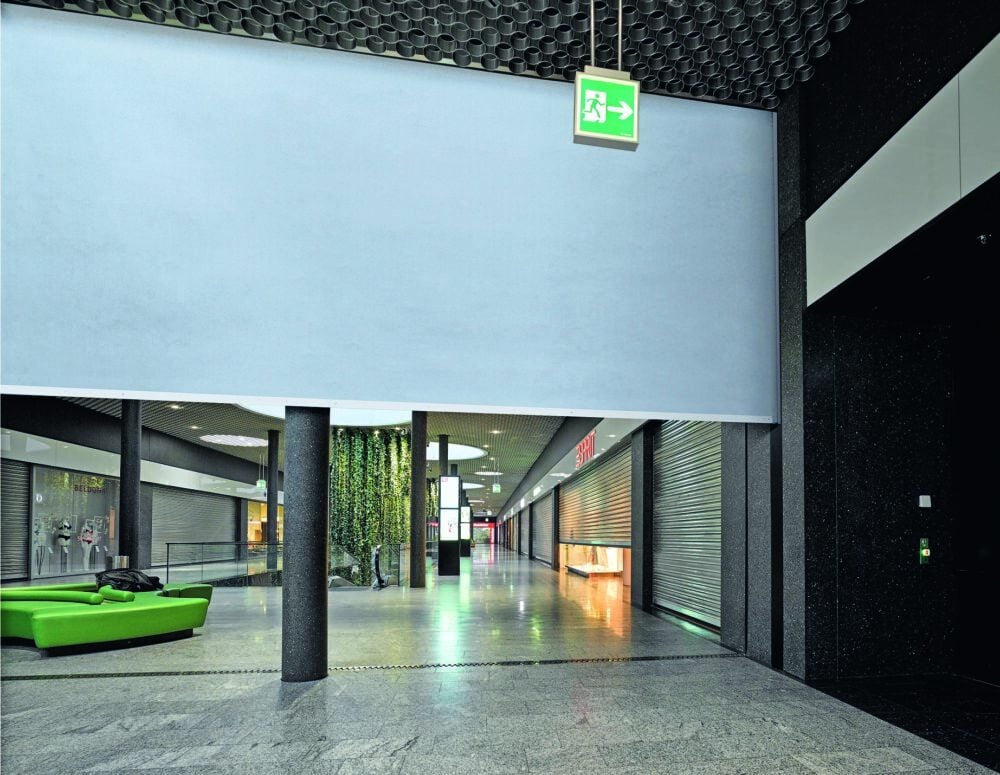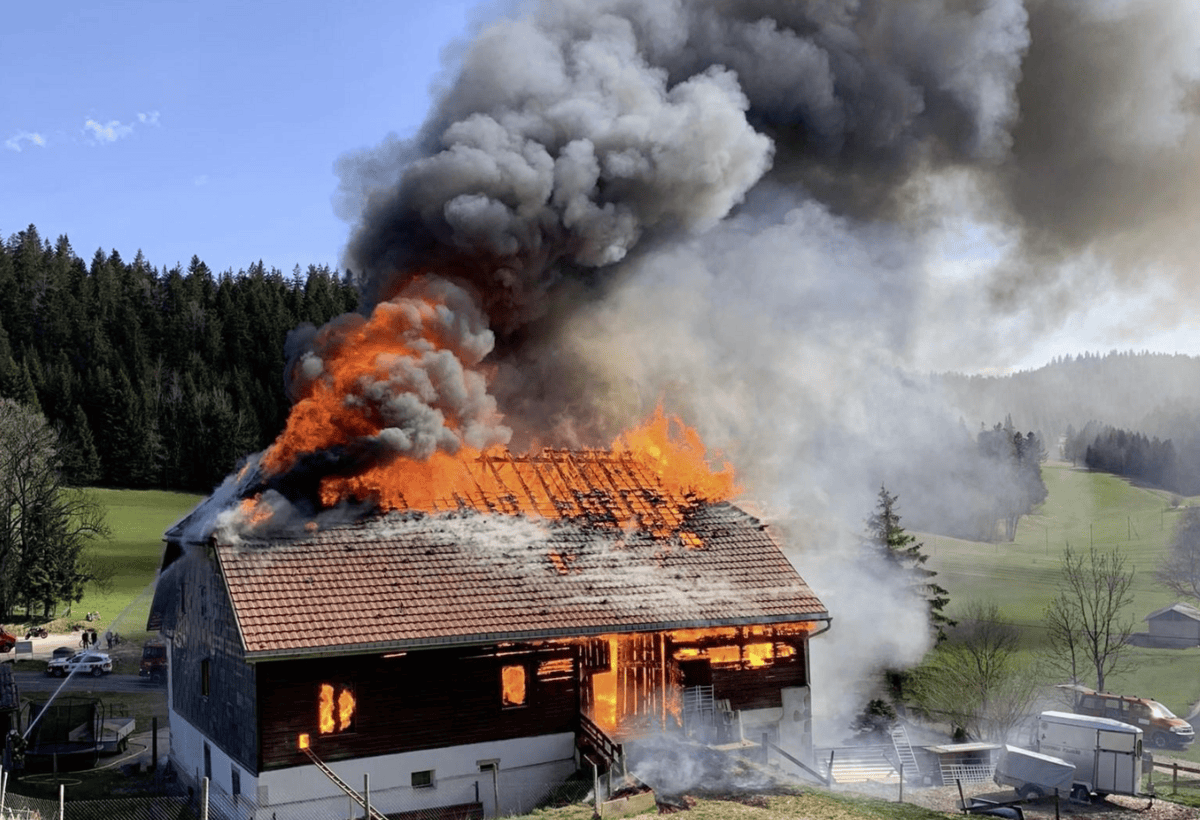Grenfell fire: could the victims have been saved?
This week, a first report on the major fire at Grenfell Tower in London was published. In it, the fire department in particular is criticized.

More than 70 people lost their lives in the Grenfell blaze more than two years ago. As always in such cases, the search is on for culprits. The Commission of Inquiry has completed the first phase of its investigations - a report of over 800 pages is now available.
According to the commission's chairman, retired Judge Martin Moore-Bick, it was primarily the material of the Exterior facade responsible for the devastatingly rapid spread of the fire, as Moore-Bick is quoted in the NZZ of October 30, 2019. Building regulations had been violated with the installed panels of aluminum and polyethylene, the paper continues, based on the report.
Rapid evacuation would have saved lives
Although the report emphasizes the extraordinary courage and self-sacrifice of the firefighters, the superiors must accept reproaches. Because the fire department had advised the residents to wait in their apartments for rescue. But this information, it was maintained by the fire department for about an hour, had been misleading. The consequences: Without this mistake, there would have been fewer victims, according to the report. Because with a quick evacuation order most victims could have been saved. The British firefighters' union counters that there is no evidence that an earlier evacuation of the building would have saved more lives.
The Association for the Promotion of German Fire Protection (VFDB), an expert network for protection, rescue and safety, and the German Fire Brigades Association are speaking out on this matter. They speak of prejudgement by the media. The VFDB lets it be known in its communication: "In numerous reports, the fire department was made partly responsible for the deaths of numerous people due to allegedly serious errors of a systematic nature with reference to the investigation report that had become known in advance." Commenting on the report, VFDB Vice President Anja Hofmann-Böllinghaus said: "It is hard to believe that one can come to such a conclusion in view of the terrible construction defects on and in the building."
State controls were privatized
According to the VFDB, the cited investigation admitted that the fire on the building could have spread quickly due to a facade cladding made of easily flammable material. Nevertheless, the fire department is said to be partly to blame for the disaster and criticized for not having been prepared for such a catastrophe. "It seems downright absurd to make the fire department jointly responsible for such an unforeseeable disaster after the fact," says Hofmann-Böllinghaus, who also emphasizes, "Instead, it should be asked which authorities knew about the glaring construction defects long beforehand and did nothing. In recent decades, state control has also been largely privatized in Great Britain. In the course of this, fire departments have also had to relinquish tasks - but these political decisions cannot now be blamed on the fire departments in retrospect." (rs)









